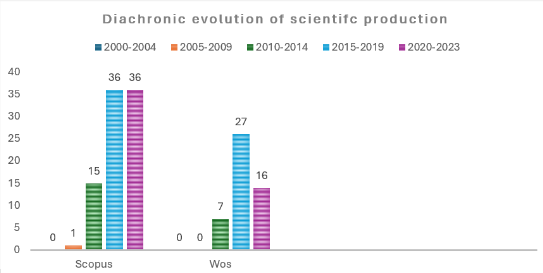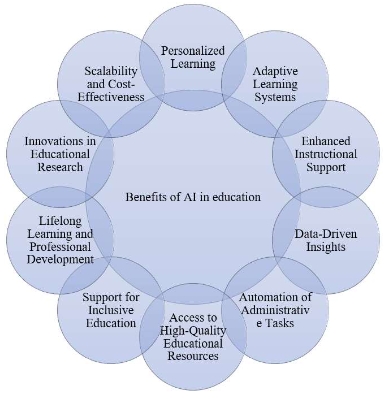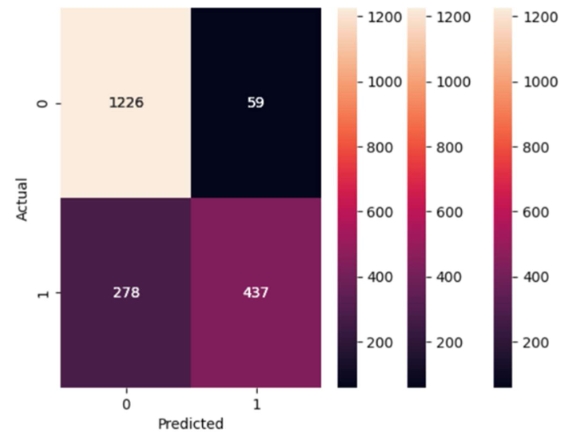Profile and problems encountered in distance learning among Bachelor of Elementary Education students: A basis for a proposed action plan
Abstract
This work sought the profile and extent of problems Bachelor of Elementary Education (BEEd) students encountered in distance learning as the basis for a proposed action plan. This study made use of descriptive-correlational research methods. Respondents were the Bachelor of Elementary Education (BEEd) students at Mindoro State University, Bongabong Campus (MBC). The study used a researcher-made instrument. Results showed that most BEEd students enrolled at MBC are 21 years old, female, in a state of lower income, single, and in their 4th year. BEEd students foster problems in distance learning concerning geographical location, internet connection, time management, and study habits. There is a significant correlation between demographic characteristics and issues faced, particularly regarding civil status and geographic location. These characteristics include adaptability, distractions, computer problems, and a lack of motivation and support. Socioeconomic status is only significantly related to internet connection, as not all students can participate in distance learning due to financial constraints.
References
[1]Llenado R. Distance learning is a viable option in the new normal. Available online: https://businessmirror.com.ph/2020/07/11/distance-learning-a-viable-option-in-the-new-normal/ (accessed on 2 February 2022).
[2]Alsubaie MA. Distance education and the social literacy of elementary school students during the Covid-19 pandemic. Heliyon. 2022; 8(7): e09811. doi: 10.1016/j.heliyon.2022.e09811
[3]Yıldırım ÖF, Karakoc A. Elementary school teachers’ experiences of distance education during the COVID-19 pandemic in Turkey. International Journal of Education in Mathematics, Science and Technology. 2023; 17(1): 149–164.
[4]Llego MA. DepEd learning delivery modalities for school year 2021–2022. Available online: https://www.teacherph.com/deped-learning-delivery-modalities/ (accessed on 19 April 2022).
[5]CHED. CMO No. 4 s. 2020 guidelines on the implementation of flexible learning. Available online: https://ched.gov.ph/wp-content/uploads/CMO-No.-4-s.-2020-Guidelines-on-the-Implementation-of-Flexible-Learning.pdf (accessed on 2 February 2022).
[6]Laguador J. Challenges encountered during pandemic in flexible learning among college students living in urban, rural, and suburban areas in the Philippines. Available online: https://www.academia.edu/46915690/Challenges_Encountered_during_Pandemic_in_Flexible_Learning_Among_College_Students_Living_in_Urban_Rural_and_Suburban_Areas_in_the_Philippines (accessed on 15 January 2022).
[7]Bulletin M. Common problems that occur during online classes. Available online: https://mb.com.ph/2020/09/18/common-problems-that-occur-during-online-classes/ (accessed on 5 February 2024).
[8]Consultores B. Likert scale. Available online: https://online-tesis.com/en/likert-scale/ (accessed on 26 February 2022).
[9]US Census. College students age 21 and older college students under age 21 the majority of college students (69%) are 21 years of age or older source: U.S. Census. Available online: https://slideplayer.com/slide/8501302/ (accessed on 15 March 2022).
[10]College Pulse. One-quarter of college students are dating less during COVID-19. Available online: https://collegepulse.com/blog/one-quarter-of-college-students-are-dating-less-during-covid-19 (accessed on 3 March 2022).
[11]Kattan RB, Khan MM. Closing the gap: Tackling the remaining disparities in girls’ education and women’s labor market participation. Available online: https://blogs.worldbank.org/education/closing-gap-tackling-remaining-disparities-girls-education-and-womens-labor-market (accessed on 5 February 2024).
[12]Polytechnic University of the Philippines. PUP opens door to 70,000 students. Available online: https://www.pup.edu.ph/news/?go=723DyMdqLoE%3D (accessed on 5 February 2024).
[13]Kirst MW. Likely challenges faced by college students who travel. Available online: https://collegepuzzle.stanford.edu/likely-challenges-faced-by-college-students-who-travel/ (accessed on 5 February 2024).
[14]Sikali K. The dangers of social distancing: How COVID‐19 can reshape our social experience. Journal of Community Psychology. 2020; 48(8): 2435-2438. doi: 10.1002/jcop.22430
[15]Hastuti KP, Angriani P, Alviawati E, et al. The perspective of geography education students on the implementation of online learning during covid-19 pandemic. IOP Conference Series: Earth and Environmental Science. 2021; 747(1): 012012. doi: 10.1088/1755-1315/747/1/012012
[16]Lynch M. The absence of internet at home is a problem for some students. Available online: https://www.theedadvocate.org/the-absence-of-internet-at-home-is-a-problem-for-some-students/ (accessed on 5 February 2024).
[17]Emmanuel L. The Influence of Household Chores on Girls’ Academic Performance in Secondary Schools in Morogoro Rural District [Master’s thesis]. University of Tanzania; 2015.
[18]Harman JJ. Time management for students: A psychological explanation of why we struggle. https://blog.online.colostate.edu/blog/uncategorized/time-management-for-students-a-psychological-explanation-of-why-we-struggle/ (accessed on 15 January 2022).
[19]Graham KA, Hanna M. When coronavirus hit, schools moved online. Some students didn’t. Available online: https://www.inquirer.com/education/coronavirus-schools-online-learning-attendance-digital-divide-20200427.html (accessed on 6 February 2024).
[20]Shatz I. Student procrastination: Why students procrastinate and how to stop it. https://solvingprocrastination.com/student-procrastination/# (accessed on 6 February 2024).
[21]Thornton A, Axinn WG, Teachman JD. The Influence of School Enrollment and Accumulation on Cohabitation and Marriage in Early Adulthood. American Sociological Review. 1995; 60(5): 762. doi: 10.2307/2096321
Copyright (c) 2024 Cheska C. Jalos, Reina Chiara G. Magcamit, Nhobelyne Joy M. Sibulan, Jayson M. Fajilan, Ariane Grace C. Tumaca, Gemcer D. Selda

This work is licensed under a Creative Commons Attribution 4.0 International License.









